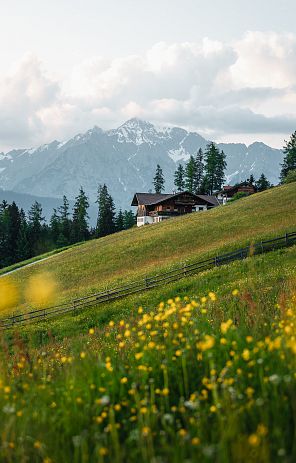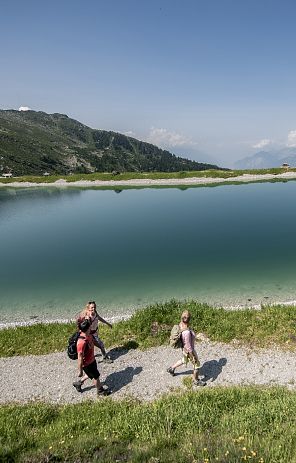Factories of the Fuggers. Hall in Tyrol
When the Fuggers concentrated their business activities on banking and ore trading at the turn of the 16th century, the Tyrol region became particularly important due to its mining wealth. This was also reflected in the position of the local factories (trading offices). There is evidence of one in Hall from around 1511. However, Innsbruck held the leading position in the region until 1525. Soon afterwards, however, Hall took first place, roughly on a par with Schwaz, and even became one of the most important among the medium-sized representative offices. It was soon on a par with Nuremberg, Leipzig, Rome and Naples. In the years 1533 to 1538, Hall in Tyrol took fourth or fifth place among all (!) Fugger representative offices, depending on the method of calculation. From 1539, however, Hall's importance declined compared to Schwaz, until the branch was finally formally dissolved in 1554.
Significance
The importance of the Haller Faktorei lay above all in safeguarding the interests of the Augsburg trading house vis-à-vis the "Upper Austrian government" in Innsbruck. Large sums of money flowed through Hall in connection with the Tyrolean copper and silver trade. The Hall branch also played a very important role in banking. The reason for this was that all revenues from the Tyrolean mining regime had to be processed via the Hall mint and the provincial salt works. Proximity to these institutions was therefore essential for the Fuggers. As important financial backers of Sigmund, Maximilian I and their successors, they received enormous sums from their princely revenues, which were settled in Hall.
Seat
Between around 1511 and 1539, the former Kontor was located in what is now Musterstrasse 4, which at the time most likely also included the house at Eugenstrasse 9.
On the European trail of the Fuggers - journeys to ore mines, factories and cultural masterpieces
The "European Fugger Road" leads to southern Germany, Austria, Italy and Slovakia
Even after half a millennium, the meteoric rise of the Augsburg mining group is still fascinating. This made the Fuggers so rich that they were able to grant loans to emperors, kings, electors and cardinals. But hardly anyone knows that the Fuggers would never have got this far without Tyrolean start-up capital, miners and mining blessings, without ore and innovative engineering expertise from what is now Slovakia.
Banská Bystrica in Slovakia - the former Neusohl was one of the German mining towns in the former Kingdom of Hungary - Hall in Tirol, Schwaz and Sterzing in Tirol and Bad Hindelang in Oberallgäu are destinations on the "European Fugger Road", which of course also leads to the Fugger city of Augsburg.

Jakob Fugger and his successors became legendarily rich in the Swabian town on the Lech, so far away from any ore mining sites, by mining ore in seven countries in what is now Europe - in Austria and Italy, Slovakia, the Czech Republic, Poland, Spain and Germany. What began around 1490 with gold and silver mining in Salzburger Land ended in 1663 with the last mining interests on Schneeberg near Sterzing. During this period, the Fuggers were not only the art-loving and building-loving "German Medici", they were above all the "Krupps of the early modern era".
The new cultural travel route has depth - not only because you can delve several hundred meters deep into the darkness of the salt and ore mining tunnels in mining museums and show mines in Hall in Tirol, Schwaz and Sterzing. The "European Fugger Road" (concept: Martin Kluger) provides in-depth information on the history of mining in the early modern period: guided tours of the town, show mines, educational mining trails and museums reveal a great deal about the economy and politics in the 16th and 17th centuries, they lead to technical monuments - and thus to topics ranging from metallurgy to dewatering. And they tell of the hard everyday life of the miners and their families. But in the mining towns you will also come across Fugger houses and other monuments to the family (as well as the landscape experience). In the Fugger city of Augsburg, the profits of the mining company were ultimately transformed into architecture, art - and not least into foundations such as the Fuggerei, founded in 1521 by Jakob Fugger "the Rich". Augsburg's first life-size bronze figure - the Neptune Fountain at the Fuggerei - once stood in a Fugger's pleasure garden: this Renaissance work of art was probably intended not least as advertising for the then innovative bronze casting process, which required large quantities of copper.
The Fugger mining group in ...



